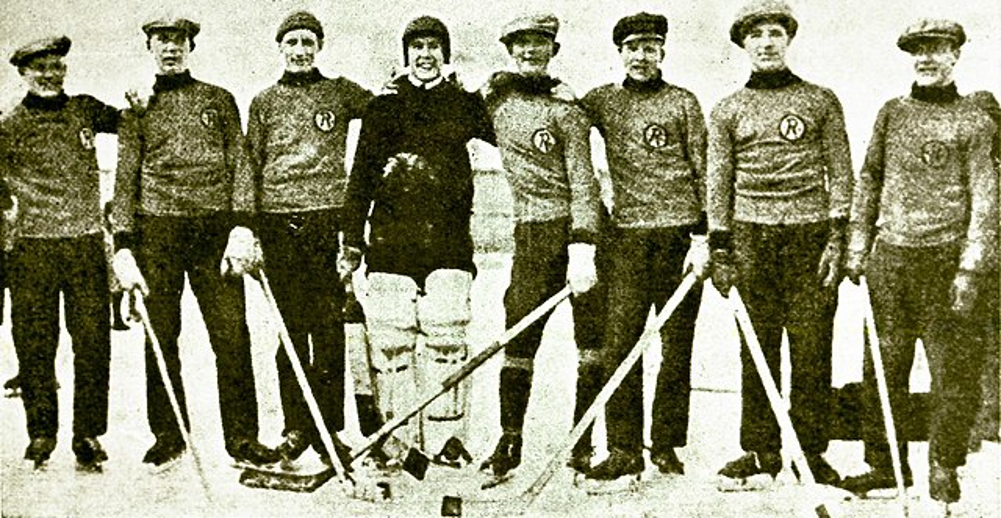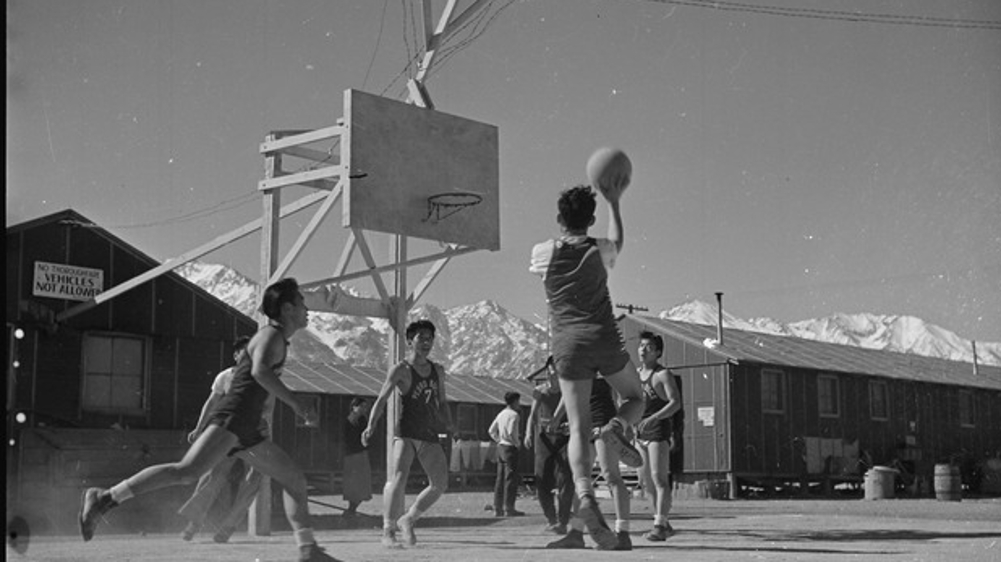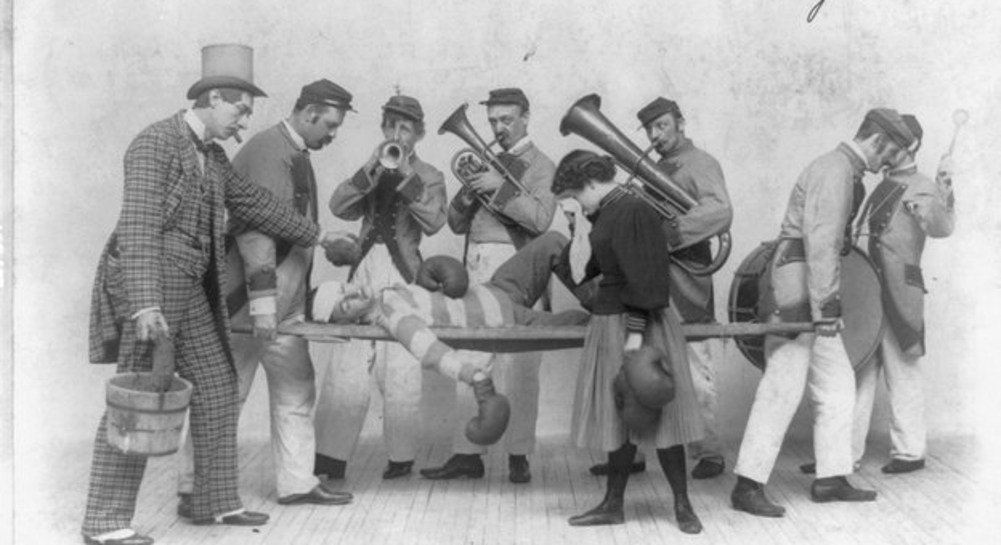Nate Thurmond
Tom Gola Basketball HOF Star
College Champion: He rose to national prominence at La Salle, leading them to the 1954 NCAA Championship and becoming the NCAA's all-time leading rebounder. His relentless hustle and offensive prowess earned him the nickname "Mr. All-Around," a testament to his complete skillset.
NBA Pioneer: Drafted by his hometown Philadelphia Warriors, Gola became a vital cog in their championship run in 1956. He embraced the then-controversial one-and-one style, paving the way for future free-throw masters. While overshadowed by Wilt Chamberlain, Gola remained a crucial playmaker and defensive stalwart throughout his 10-year career.
Missed Glory & Unfortunate End: Despite Gola's leadership, the Warriors couldn't overcome the Boston Celtics dynasty of the late 1950s, losing in the Finals multiple times. Injuries and conflicts with management marred his later years, culminating in a bittersweet retirement in 1966.
Beyond the Court: Gola's impact transcended the hardwood. He remained an influential figure in Philadelphia, coaching La Salle, serving as City Controller, and even running for mayor. His legacy inspires future generations of players and showcases the importance of versatility, grit, and fighting for hometown glory.
Tom Gola's story is a captivating blend of triumphs and challenges, reminding us that greatness isn't always measured by championships, but by the indelible mark a player leaves on the game and his community. He was a true "Mr. All-Around," not just on the court, but in his lasting impact on basketball and Philadelphia.
Jerry Lucas and a Basketball Legacy of Excellence
Dominant from the Start
Lucas's basketball journey began in his hometown of Middletown, Ohio. He led his high school team to an unprecedented 76-game winning streak, showcasing his remarkable talent at an early age. At 6'8", Lucas possessed exceptional rebounding skills, intelligence, and a smooth shooting touch, making him a force to be reckoned with.
A National Sensation at Ohio State
Lucas's collegiate career at Ohio State University solidified his status as a national sensation. Playing alongside future NBA star John Havlicek, Lucas led the Buckeyes to the 1960 NCAA championship, defeating the heavily favored California Golden Bears. His dominance on the court earned him the prestigious Sports Illustrated Sportsman of the Year award in 1961, a testament to his all-around game.
NBA Success and Championship Glory
Lucas entered the NBA in 1963 and carved out a prosperous professional career. He was selected as the sixth overall pick by the Cincinnati Royals in the 1962 NBA Draft as a territorial selection. Jerry was a model of consistency. He was named NBA Rookie of the Year in 1964 and earned seven All-Star selections throughout his 11-year career. His greatest triumph came in 1973 when he joined the New York Knicks, forming a dominant frontcourt with Willis Reed and Walt Frazier. The Knicks captured the NBA championship that year, adding another significant title to Lucas's impressive resume.
Beyond the Statistics
Lucas's impact transcended statistics. He was a cerebral player known for his intelligent passing ability and dedication to fundamentals, thus giving his nicknames "Mr. Memory" and "The Computer." He was also a relentless rebounder, holding the NBA record for most rebounds in a game (32) for over two decades. His leadership and work ethic were invaluable assets to any team he played for.
He played for the Cincinnati Royals, San Francisco Warriors, and New York Knicks for 12 years of a brilliant career. Lucas is among the top NBA players to have worn Jersey Number 16. He is also one of the top NBA players to have worn Jersey Number 32.
Rick Barry The Free Spirit of Basketball
A Rough Start and Early Promise: Born in 1944, Barry's childhood was marked by instability. He moved frequently and faced academic challenges. However, basketball offered him an escape. Barry possessed a natural talent for the game, showcasing a smooth shooting stroke and a fierce competitive spirit. He honed his skills at Vaughan High School in New Jersey, leading his team to state championships and earning a scholarship to the University of Miami.
College Stardom and Controversial Exit
With the Hurricanes, Barry blossomed into a national sensation. He led the U to some great seasons. Despite his individual brilliance, Miami fell short of the championship. Barry's unconventional free throw technique – underhand – became a subject of national conversation, adding to his unique persona.
A Move to the ABA and Scoring Exploits
After graduation, Rick was Drafted by the NBA's San Francisco Warriors. He played two seasons there until jumping ship to the American Basketball Association (ABA), a rival league to the established NBA. He signed with the Oakland Oaks, leading them to the 1969 ABA championship and establishing himself as a scoring machine. Barry's free throw technique remained a point of contention, but his accuracy was undeniable. He holds the record for the highest free throw percentage in a single ABA season (93.8% in 1970).
NBA Arrival and Continued Success
When the ABA and NBA merged in 1976, Barry finally returned to the league he initially spurned. He joined the Washington Bullets and immediately became their offensive focal point. Barry led the Bullets to the 1978 NBA Finals, averaging a then-Finals record 40.6 points per game. While they ultimately fell short of a championship, Barry cemented his legacy as one of the game's greatest scorers. He retired in 1980, holding the record for most career points scored in the ABA and NBA combined.
Life After Basketball
Following his retirement, Barry remained connected to the game. He served as a commentator, coach, and co-founded the American Basketball League (ABL) in the 1990s. While his ventures outside of playing didn't achieve the same level of success, they showcased his continued passion for basketball.













